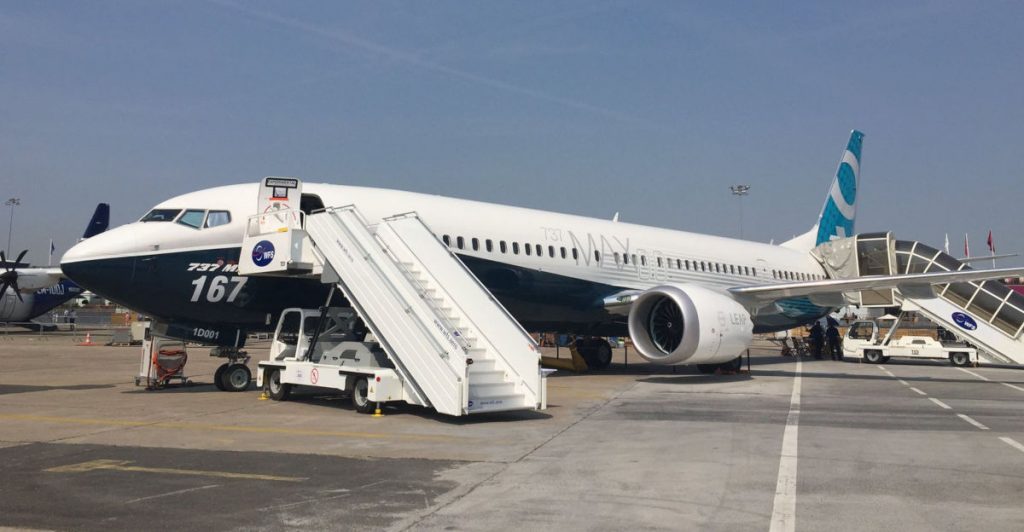Finding parallels between different fields is one of our favorite activities. We love engaging with visionary business leaders to find new ideas. One of them is John Leahy, the famous American executive who was the chief Airbus salesman and later its chief operating officer. He played a key role in transforming Airbus into a global player and a serious competitor to Boeing for commercial aircraft manufacturing.

The tragic crashes of Boeing 737 Max jets in Indonesia and Ethiopia have led to a global grounding of this model and are drawing attention to its software, design process, and pilot training. They cast light on the fierce competition between Boeing and Airbus in the midsize jet market. They also illustrate the critical role of computers and automation in airplanes today.
The two most popular midsize aircrafts are the Boeing B737 and Airbus A320. The original B737 was designed in the 1960s before computers controlled planes. The B737 Max is the result of incremental changes to that old design. On the other hand, the A320 was developed as a brand new design in the 1980s and had from the beginning a computer-controlled system called fly-by-wire, which made it easier to upgrade engines for better fuel efficiency. As a result, a few years ago the A320neo was more fuel efficient than the B737.
In order to remain competitive, Boeing had to improve the fuel efficiency of its B737. It had the choice between designing a new plane from scratch (longer to do, but more flexible) or upgrading the existing B737 model (faster to do, but less flexible). It chose the latter. Specifically, Boeing added a new specialized auxiliary computer system to allow bigger, more fuel-efficient engines to be fitted on the B737 frame, and the result was the B737 Max. It is this computer system that is now investigated in those crashes.

The decision whether to develop a new product or upgrade an existing one is very difficult for any business. There is a large amount of uncertainty in any development projet. Yet in the long run, companies must make bold steps to stay competitive. There comes a point when incrementally improving something existing is too hard and it may be better to start anew.
Similar to new planes, large software systems are expensive and take years to develop. When Apple transitioned their operating system from their old MacOS to the Mac OS X, they decided to start with a clean sheet. They chose a more modern UNIX operating system architecture and had to give up all the work that they had previously done on MacOS. Yet their decision paid off handsomely given the commercial success and superior security of the Mac OS X platform over the years (notably compared with its competitor Microsoft Windows).
Going back to the computer system of the B737 Max, it is too early to have any definitive answers to what caused the tragic recent crashes. But it appears that an automatic software component designed to prevent the B737 Max from stalling may be a factor in these accidents. While this system was introduced with the laudable goal of keeping flight characteristics of the B737 Max similar to older B737s and simplifying pilot training, there is a possibility that pilots in the crashes did not know how to use it properly.
Boeing has an excellent safety track record and aircraft manufacturers have among the best engineers in the world. These events illustrate how difficult it is to integrate automated software components into existing systems. They should also serve as a cautionary tale for AI usage.
People don’t usually think of IT and software as a major component of airplanes (or cars or home appliances). Yet, computers and AI systems are increasingly present across domains, even if they are not visible. To avoid grave accidents, it is very important to invest time and resources in designing good technical design, user interface, and user training.
When automating any task in software, it is critical to be clear and explicit about the respective roles of computers vs. humans. It is challenging to design a good, intuitive user interface, where humans can easily override the computer and take control if need be. Training is also a critical step to ensure that human users know what to do in different and unusual circumstances.
For additional reading on the B737 Max events , we recommend this NY Times article: https://www.nytimes.com/2019/03/23/business/boeing-737-max-crash.html